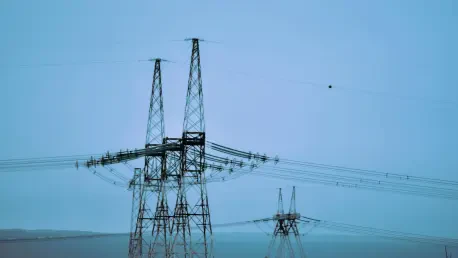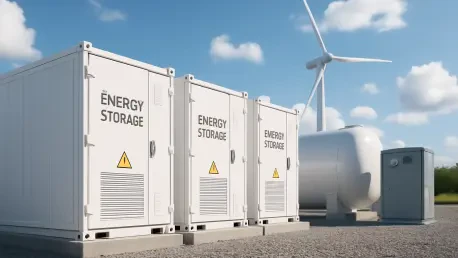
Solar power is rapidly emerging as a cornerstone of America's energy framework, marking a transformative shift in the nation's energy strategy. With the Federal Energy Regulatory Commission (FERC) reporting solar energy's unprecedented contributions to new electricity-generating capacity, the

Christopher Hailstone is renowned for his profound knowledge in energy management, renewable energy, electricity delivery, and grid reliability. As a seasoned expert, he offers valuable insights into the complexities of energy regulation, particularly within the Midcontinent Independent System

New Jersey stands at the forefront of an ambitious energy revolution as it embarks on procuring 1 gigawatt (GW) of transmission-scale energy storage. This effort, spearheaded by the New Jersey Board of Public Utilities, is a significant part of the state's expansive clean energy blueprint. Governor

Energy storage technologies have become critical in the ongoing transformation of the energy sector, playing a vital role in the decarbonization of the electrical grid. With renewable energy sources like solar and wind becoming major contributors to the energy mix, storage solutions are essential

Utility incentives in regional transmission organizations (RTOs) have been fundamental in promoting cooperation among energy companies. These incentives, often represented as Return on Equity (ROE) adders, not only boost utility revenues but also support the improvement and expansion of the energy

Can a grid designed for the past support the energy demands of the future? With expectations that electricity demand in the United States will surge by over 150 gigawatts by the decade's end, this question holds critical importance. As cities expand and technology proliferates, electricity becomes